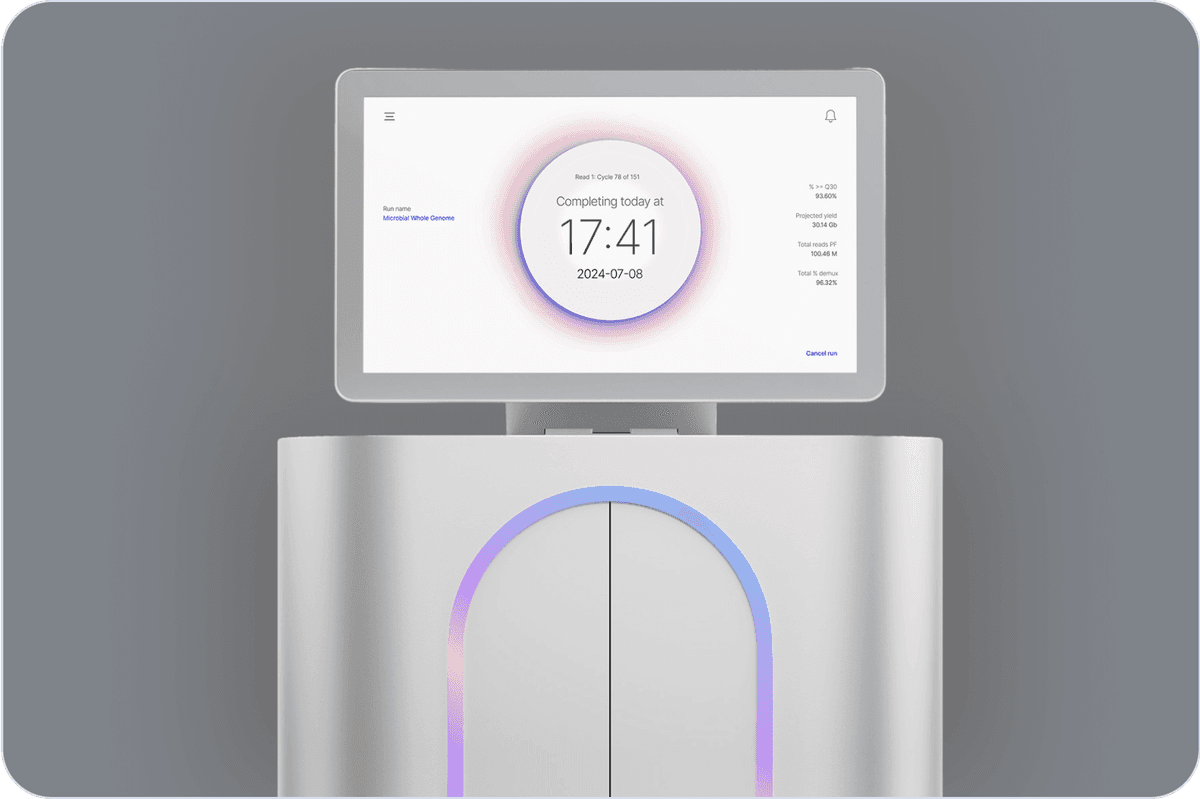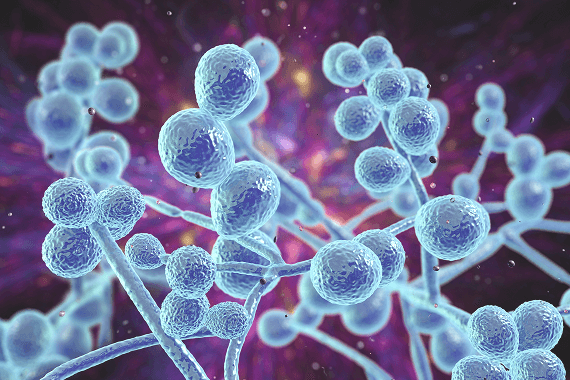Get More Insights: Diagnose chronic, recurring or complex infections
Superior Diagnostics
We leverage the power of 21st-century molecular diagnostic technology to accurately identify the microbes in an infection. By analyzing the DNA of bacteria and fungi, we provide precise, rapid diagnoses - delivering the most advanced diagnostic technologies available.

Targeted Treatments
By comparing your test results to our comprehensive database of 50,000+ microbes, we equip you with the precise information needed to make the best treatment decisions. This enables targeted treatment, eliminating guesswork and reliance on outdated tests.

Better Outcomes
Validated across a broad spectrum of samples with over 750,000 tests conducted in the past decade, we provide you with new diagnostic insights. MicroGenDX’s advanced diagnostics empower healthcare providers to deliver precise, targeted treatments, improving clinical outcomes.

Why Choose MicroGenDX?
More Reliable and Accurate Testing
Standard culture tests may not be reliable, with many results coming back as "no growth." MicroGenDX DNA diagnostics identify all bacteria and fungi with 99% accuracy, using Next-Generation DNA Sequencing (NGS) for a more comprehensive approach.
*College of American Pathologists proficiency testingProven Effectiveness
Over 100 published clinical studies demonstrate the superior effectiveness of MicroGenDX testing in resolving chronic, complex or recurring infections compared to traditional culture methods.
Speedy Results
Get your DNA diagnostic results within 3-5 business days (excluding transit) in a comprehensive report with clear infection insights.
Not Just PCR
While many labs offer PCR testing, MicroGenDX combines it with NGS, detecting up to 57,000 pathogens and showing the percentage of each. We test for 17 antibiotic resistance genes in the microbes present in your sample. This is crucial for treating complex infections involving multiple species.

“I love the new technology and I see what we can do with it…to help our clinicians and not hinder them, and ultimately to promote the appropriate use of antibiotics.”
James Snyder, PhD
Professor of Pathology and Laboratory Medicine, Director of Microbiology and Infectious Disease Molecular Diagnostics, University of Louisville Hospital
Comparative benefits of NGS DNA sequencing vs culture and PCR
Criteria | Traditional CultureDeveloped in 1880's | PCRDeveloped in 1970's | Next-Gen DNA SequencingDeveloped in 2000's |
|---|---|---|---|
Detection Principle | Relies on the growth of viable organisms on selected media, identification via morphology | Uses targeted amplification of DNA from preselected pathogens | Rapid sequencing of all microbial DNA present, matched against a curated reference database (>50,000 species) |
Spectrum of Detection | Limited – may miss fastidious, anaerobic, or nonculturable organisms | Restricted to organisms included in the assay panel | Comprehensive – Can detect all bacteria, fungi, and viruses present without prior assumptions |
Biofilm Detection | Poor – organisms embedded in biofilms are often nonviable or dormant, and rarely cultured | Possible, but only if correct species are targeted | Excellent – detects DNA from viable and nonviable microbes within biofilms, supporting diagnosis in chronic or device-related infections |
Polymicrobial Detection | Often misses co-infecting or less dominant pathogens | Detects multiple pathogens only if all are included in the panel | Accurately identifies all organisms in polymicrobial infections and reports their relative abundance |
Fungal Coverage | Often incomplete and delayed – some pathogens require weeks to grow or may not grow at all | Detects common fungi if specifically targeted (e.g., Candida albicans) | Broad and reliable detection of fungi through ITS sequencing; results available in 3–5 days |
Specimen Management | Sensitive to transport conditions (temperature, oxygen, time); may compromise results | DNA is generally stable with appropriate handling | DNA is generally stable with appropriate handling |
Inquire about our test
Send us a message using the form below, or email us at info@microgendx.eu
